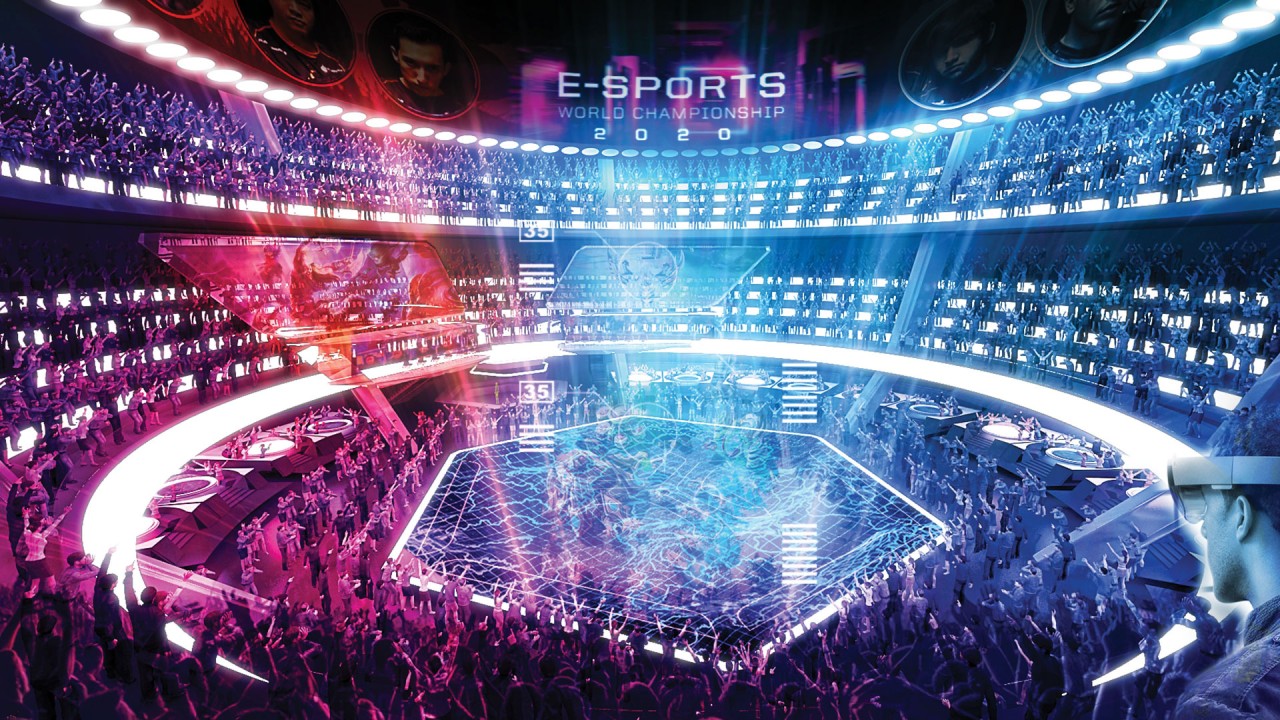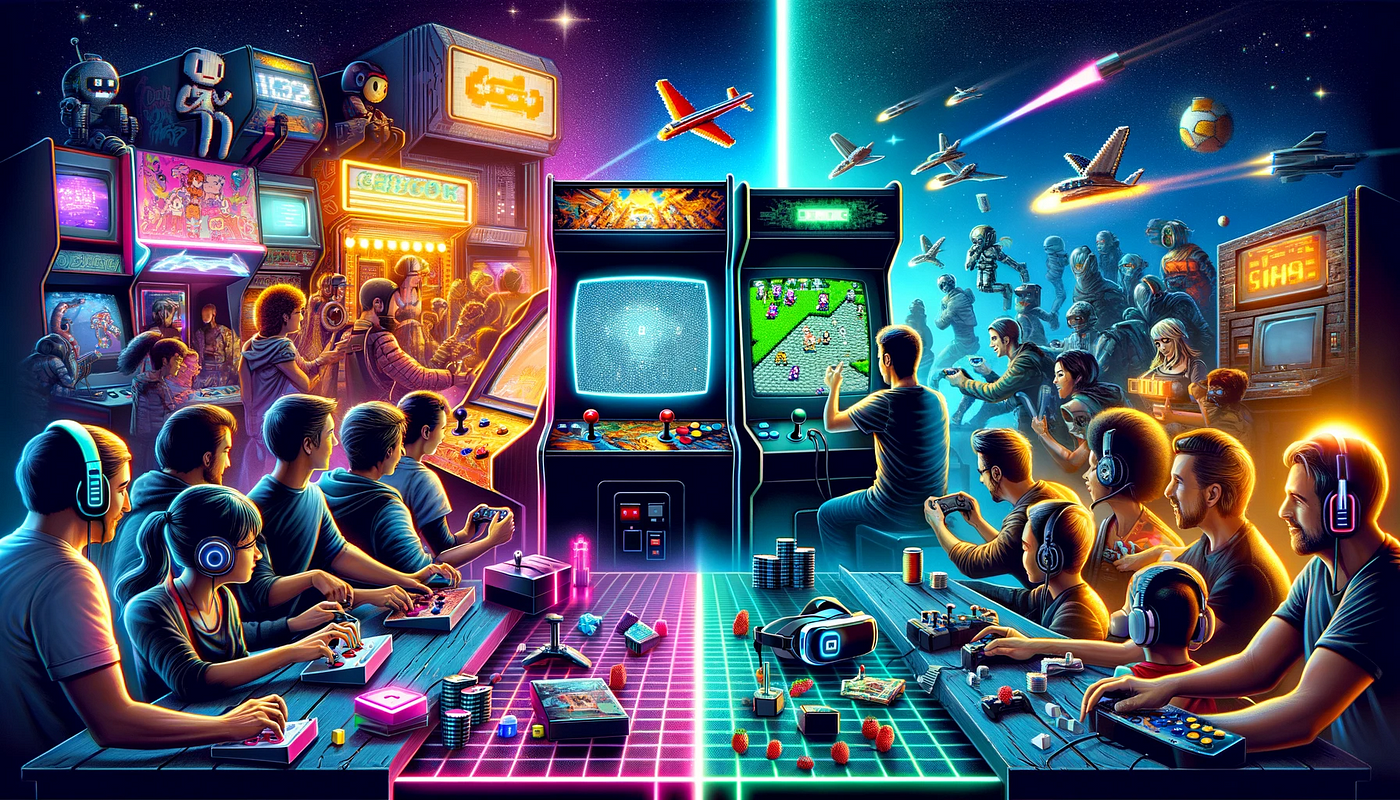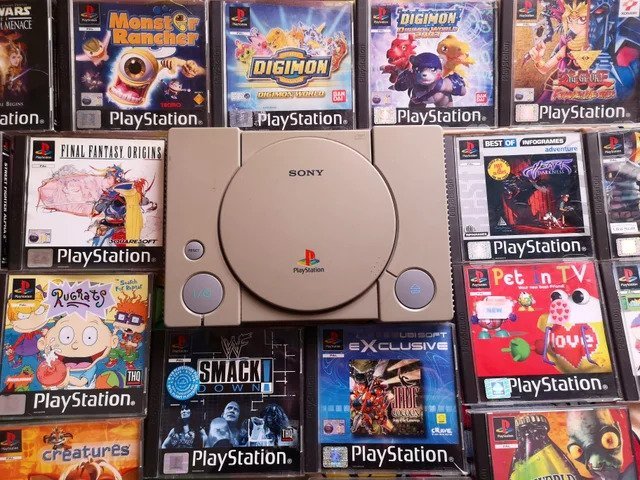The world of video capture cards is as vast as it is fascinating. These handy devices are the unsung heroes behind every high-quality video stream or recording, bridging the gap between your camera or gaming console and your computer. Whether you're a seasoned streamer, a professional videographer, or a gaming enthusiast, the right capture card can make all the difference in your content creation journey. This section aims to introduce you to the concept of capture cards, their functionality, and their importance in the world of digital media.
Capture cards are designed to convert analog video signals into digital data, which can then be stored, edited, or streamed live on platforms like Twitch or YouTube. They come in various forms, from internal cards that can be installed into your computer's PCI slot to external devices that can be connected via USB or Thunderbolt. Each type has its own set of advantages and disadvantages, and the choice ultimately depends on your specific requirements and preferences.
The Importance of Capture Cards in Content Creation
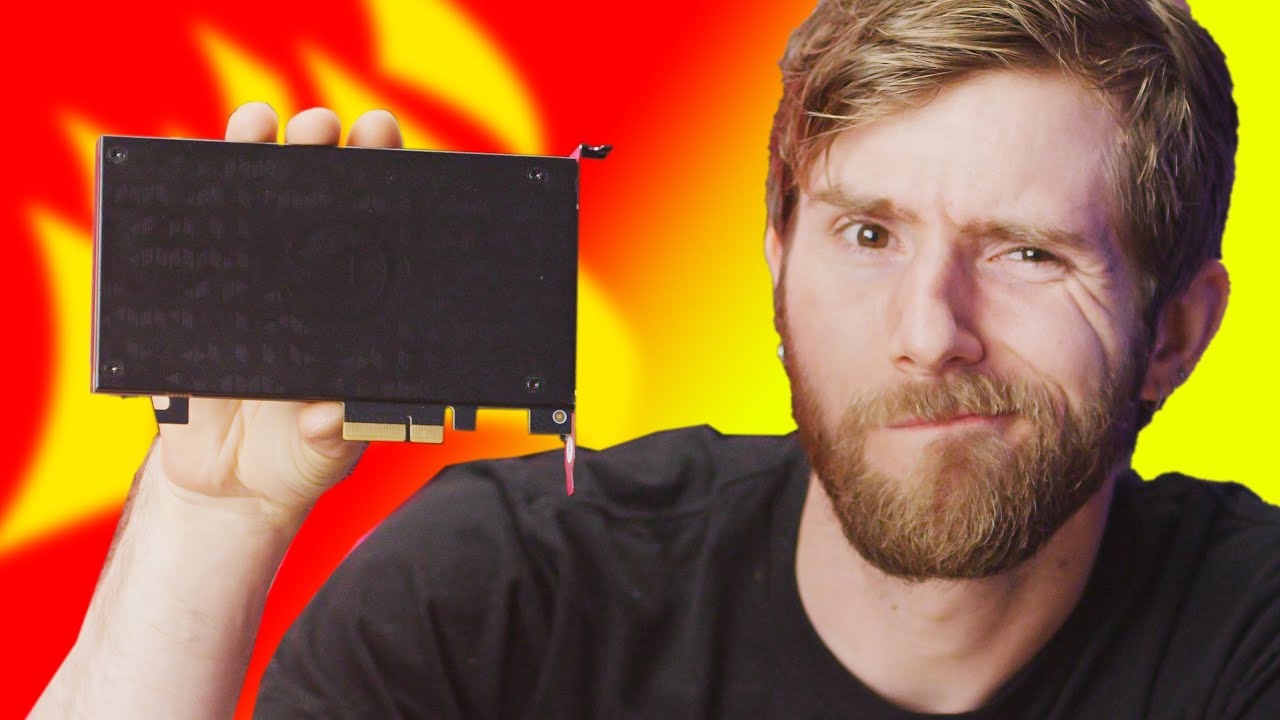
In today's digital age, content is king. From live streaming and podcasting to video editing and game recording, high-quality content is the key to capturing and retaining audience attention. This is where capture cards come into play. They allow for the recording and streaming of video and audio at high resolutions and frame rates, ensuring that your content stands out from the crowd.
Capture cards are especially crucial for game streamers. They enable the recording of gameplay directly from the console, freeing up the computer's resources for other tasks like streaming or interacting with viewers. Moreover, a good capture card can significantly improve the quality of your streams, making your content more appealing to viewers and potential subscribers.
Factors to Consider When Choosing a Capture Card
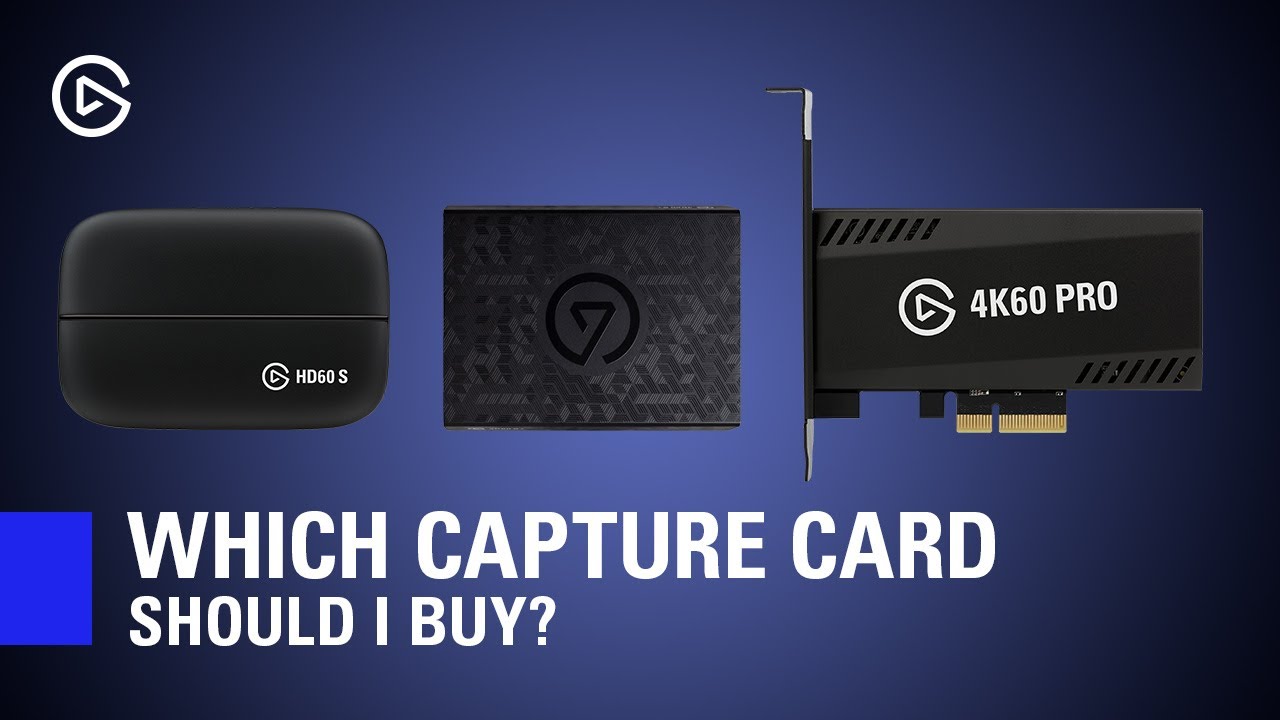
Choosing the right capture card can be a daunting task, given the multitude of options available in the market. However, by considering a few key factors, you can make an informed decision that best suits your needs.
Firstly, consider the resolution and frame rate that the capture card supports. For professional-quality content, you should aim for a card that supports at least 1080p resolution and 60 frames per second. Secondly, consider the input and output options. Some cards offer multiple inputs, allowing you to switch between different sources without unplugging and replugging cables. Lastly, consider the software compatibility. Ensure that the capture card is compatible with your preferred streaming or editing software.
Top 5 Capture Cards in the Market
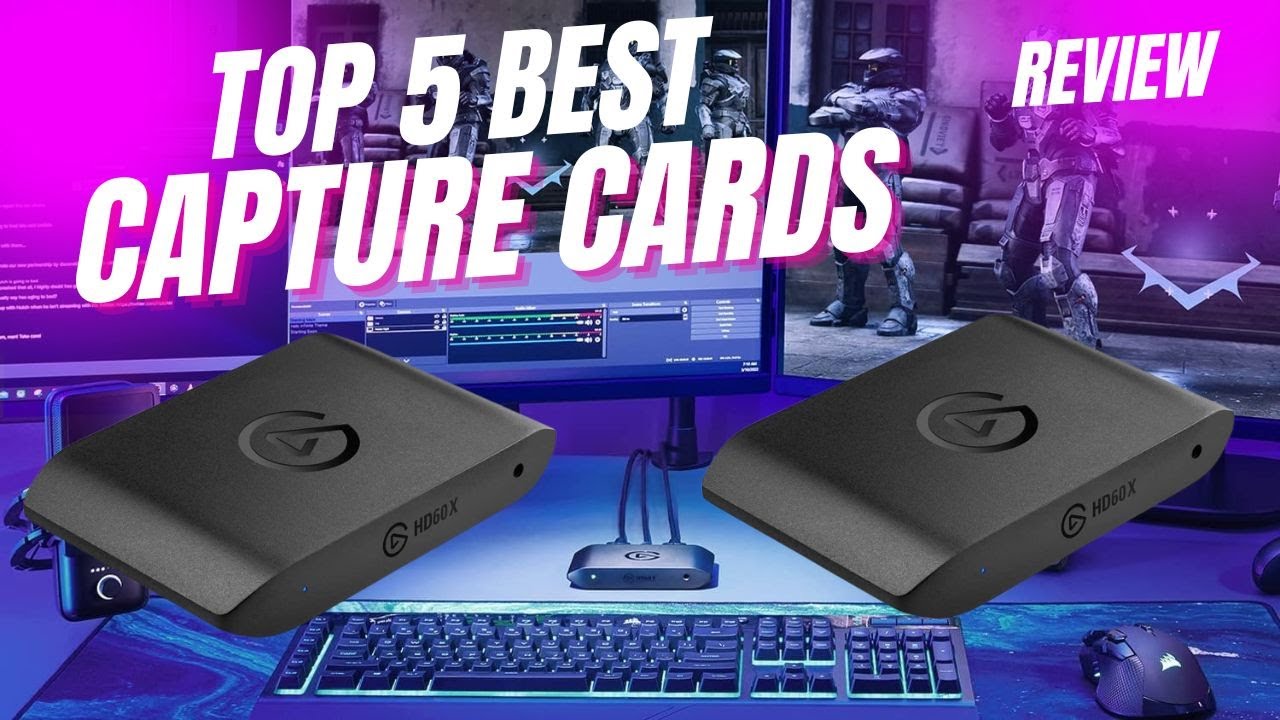
Now that we've covered the basics, let's dive into the top five standouts in the world of capture cards. These devices have been chosen based on their performance, features, and user reviews.
1. *Elgato Game Capture HD60 S*: This external capture card is a favorite among game streamers. It supports 1080p resolution at 60 frames per second and offers a near-zero latency, ensuring smooth and uninterrupted streams.
2. *AVerMedia Live Gamer Portable 2 Plus*: This versatile capture card is perfect for on-the-go content creators. It supports 4K pass-through and offers a PC-free mode, allowing you to record gameplay directly onto a microSD card.
3. *Blackmagic Design DeckLink Mini Recorder*: This internal capture card is ideal for professional videographers. It supports high-resolution formats up to 1080p60 and features high-quality connectors for professional broadcast use.
4. *Razer Ripsaw HD*: This capture card offers 4K pass-through and supports 1080p recording at 60 frames per second. It also features a built-in audio mixer, allowing you to fine-tune your stream's audio levels.
5. *Magewell Pro Capture Quad HDMI*: This high-end internal capture card supports four HDMI inputs, allowing you to record from multiple sources simultaneously. It supports resolutions up to 2048x2160 and offers a host of advanced features.
Tips for Using a Capture Card
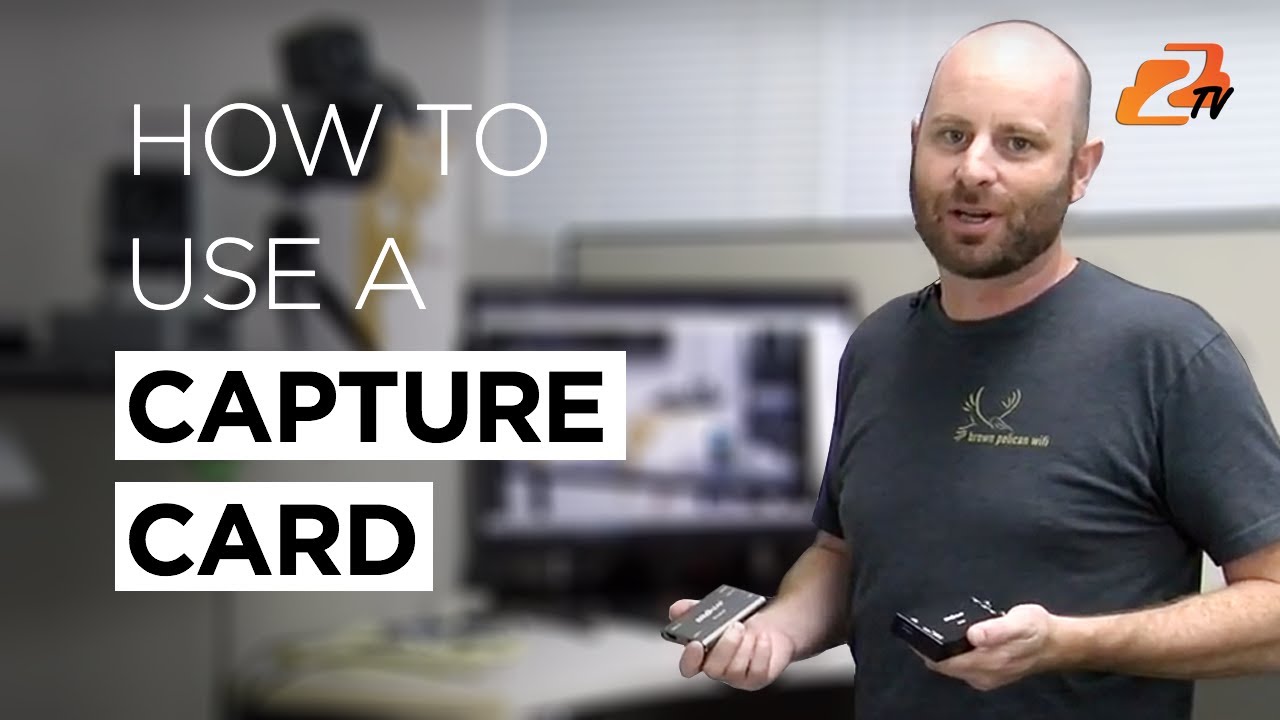
Once you've chosen your capture card, it's time to put it to work. Here are a few tips to help you get the most out of your device.
Firstly, ensure that your computer meets the minimum system requirements of the capture card. This includes the operating system, processor, RAM, and available storage. Secondly, update the capture card's firmware and drivers regularly to ensure optimal performance. Lastly, experiment with the settings to find the best configuration for your content. This includes the resolution, frame rate, bitrate, and audio settings.
A capture card is a valuable tool in the arsenal of any content creator. It allows you to record and stream high-quality video and audio, enhancing the overall quality of your content. While choosing the right capture card can be a daunting task, considering key factors like resolution, frame rate, input/output options, and software compatibility can help you make an informed decision. And with the top five standouts we've discussed, you're well on your way to finding the perfect capture card for your needs. Remember, the best capture card is not necessarily the most expensive one, but the one that best fits your specific requirements and preferences. Happy capturing!
